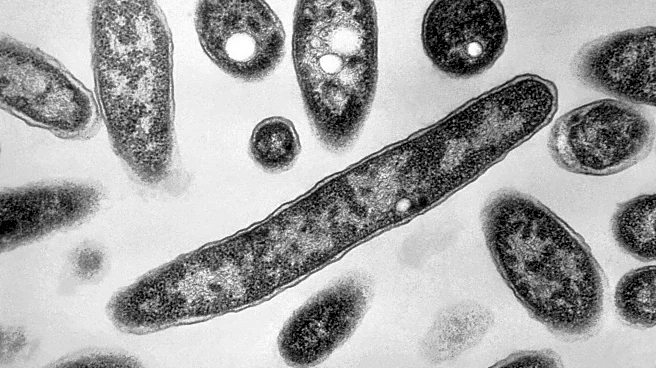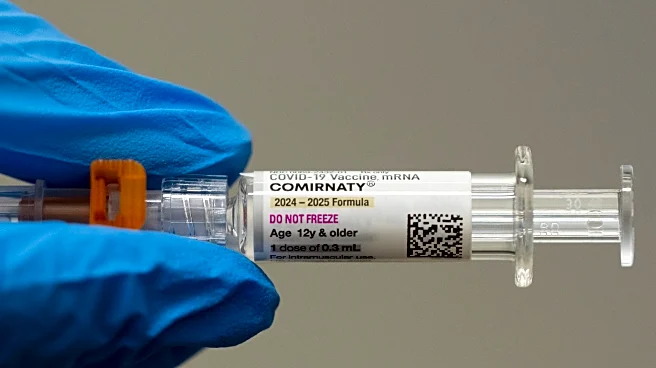What is the story about?
What's Happening?
The New York City Health Department has identified 12 sites, including a cooling tower at Harlem Hospital, as sources of a Legionnaires' disease outbreak that has resulted in four deaths and nearly 100 illnesses. The outbreak, concentrated in Central Harlem, has prompted officials to clean the affected cooling towers. Health Commissioner Dr. Michelle Morse emphasized the airborne nature of the disease, urging residents in five ZIP codes to be vigilant for flu-like symptoms and seek medical care. The outbreak has led to 17 hospitalizations since July 25, with the number of deaths increasing from three to four. The city has listed 10 buildings with affected cooling towers, including sites managed by BRP Companies, CUNY, and the NYC Economic Development Corporation.
Why It's Important?
The outbreak of Legionnaires' disease in New York City highlights the public health risks associated with cooling towers and water systems. The disease, which is transmitted through inhalation of bacterial droplets, poses a significant threat to urban populations, particularly in densely populated areas like Harlem. The identification and cleaning of contaminated sites are crucial steps in preventing further spread. The outbreak underscores the importance of regular maintenance and monitoring of water systems to protect public health. Residents and workers in affected areas are advised to seek medical attention promptly, which could mitigate the impact of the disease and prevent additional fatalities.
What's Next?
The NYC Health Department is continuing efforts to clean the remaining contaminated cooling tower by Friday. Mayor Eric Adams has urged New Yorkers in affected areas to remain vigilant and seek medical care if symptoms arise. The city may implement stricter regulations and monitoring protocols for cooling towers to prevent future outbreaks. Public health campaigns could be launched to educate residents about the symptoms and risks of Legionnaires' disease. The situation may prompt discussions on infrastructure improvements and investments in public health resources to better manage such outbreaks.
Beyond the Headlines
The Legionnaires' disease outbreak in Harlem raises questions about urban infrastructure and public health preparedness. The incident may lead to increased scrutiny of building maintenance practices and the adequacy of current health regulations. It also highlights the need for community engagement and awareness in addressing public health challenges. Long-term implications could include policy changes and investments in technology to improve water system safety and monitoring. The outbreak serves as a reminder of the interconnectedness of environmental health and urban living conditions.
AI Generated Content
Do you find this article useful?












